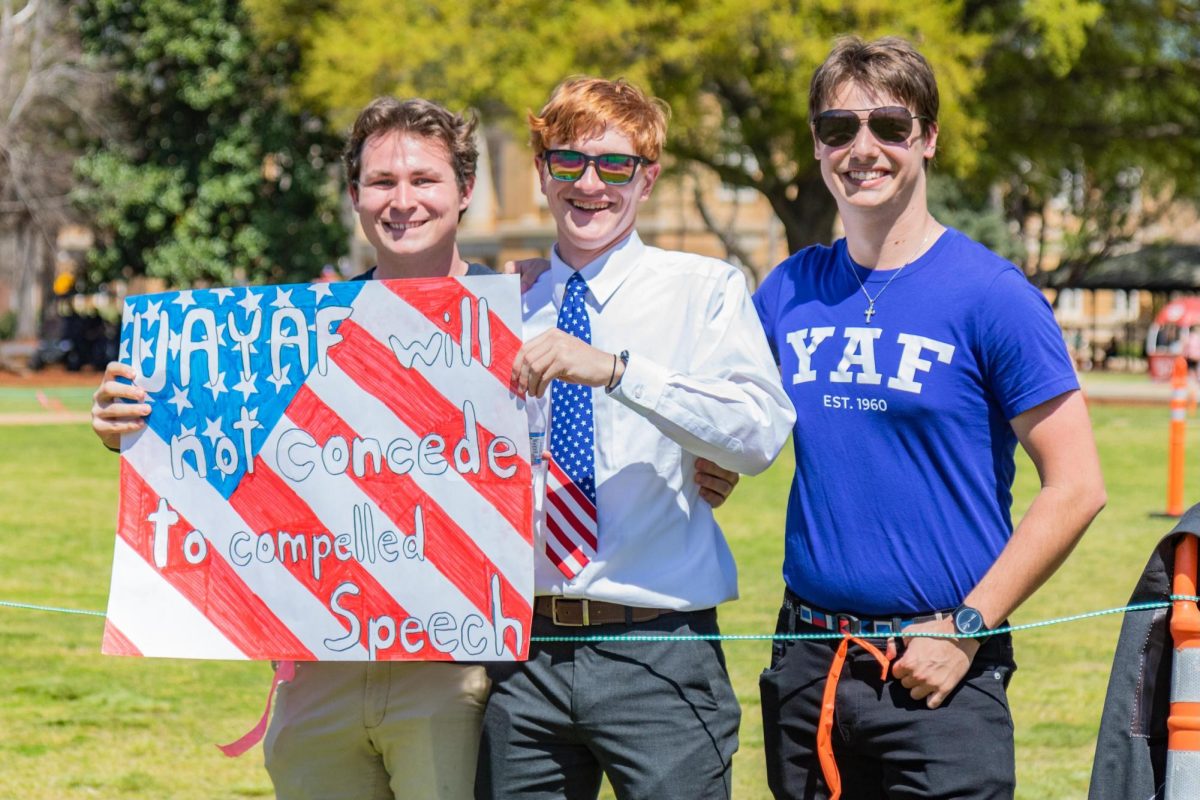If you can find me a normal person on a reality television show, I’ll find you some beachfront property in Kansas.
Contestants or participants on these shows were selected because they fill their particular show’s need, namely individuals who are quick to fight and cry and can stretch out their 15 minutes of fame.
Shows such as “Big Brother” and “Real World” want stereotypical members of demographics to pit against each other. “Deal or No Deal” and “Are You Smarter than a Fifth Grader?” want eccentric and dramatic contestants.
No one should watch one of these shows and walk away thinking less of society, though. These contestants do not represent the majority of society; they were picked with ratings in mind, not to create a microcosm of America.
Why then would someone watch cable news and fear the death of rationality? These media have almost become reality television shows themselves. The same ratings machine drives their hiring and news coverage process.
The recent shrinking of newsrooms has only exacerbated this ruination. Paired with the need to supply content 24 hours a day, 7 days a week, the stultified state of cable news is not a surprise.
Reality shows have spread like kudzu because of their low production cost and simplicity; television news has followed out of need, with cable news at the forefront due to its success. According to a September poll taken from Politico and George Washington University, most people received their news about yesterday’s election from cable television over any other source.
The big three cable news channels – Fox News, CNN, MSNBC – all use the same tired format for their shows: one pundit, regular guests, stretched discussions, diluted stories and no middle ground.
This structure creates public figures such as Christine O’Donnell, even though she has never led in an election poll. It breathes air into the fiery New York City mosque story for weeks, while other more important stories remain uncovered. Do not even remind me about balloon boy.
Judging society on the premise of this vast and venomous visual vacuity lends itself to George Gerber’s cultivation theory. One major tenet of the theory is the mean world syndrome, which posits that too much television watching will sway the viewer into believing the outside world is more violent than it actually is because of violence on television.
Gerber should also investigate the crazy world syndrome. With a slim minority of society clowning around on national television, the majority of society has seemingly begun to believe that this minority is normal and that rationality can no longer be expected. That is not even remotely true.
Not every conservative is House Republican Leader John Boehner, and not every liberal is House Speaker Nancy Pelosi. Not every individual with a political opinion is Bill O’Reilly or Keith Olbermann. Simplicity is the policy of cable news, but reality is not that simple.
Consumers should realize that too. I would not blame Hostess for the fattening of America; I would blame the people who purchase their devilishly delicious products.
Those who decide to watch cable news should watch responsibly. When corporations profit from reporting the news, consumers must critically analyze what they see and hear on television.
Or, is that too hard? That’s why they make it so simple.
Vilifying the media for furthering our country’s irrational perception issues is too easy. They would have no influence if their audience refused to accept everything they said.
“Keeping up with the Kardashians” does not accurately portray life in America and neither do the programs on cable news. If we can accept the first fact, we should be able to accept the second.
Our country is not (too) politically crazy, it only plays one on television.
Wesley Vaughn is a junior majoring in public relations and political science. His column runs on Wednesdays.








